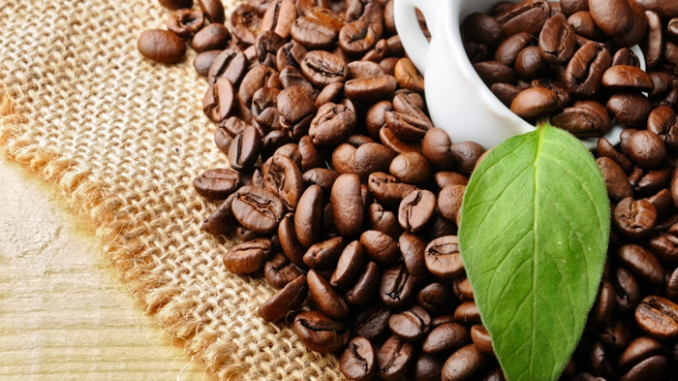
Coffee was first introduced to Vietnam in the 1850s by French colonists. Initially planted on small farms, this quickly changed into large scale production on massive plantations located in the highlands of Vietnam.
Since the first crops, coffee production has continued to expand and even drive the agricultural industry in Vietnam and contributes a substantial percentage to the country’s GDP. Coffee is second only to rice in agricultural production.
The majority of coffee production and processing takes place in Dak Lak Province, a province located southwest of Danang. Buon Ma Thuot, “the capital of coffee”, is the main supplier for coffee in Vietnam as well as coffee export. Vietnam has continued to expand coffee production and is currently the second largest producer of coffee, only behind Brazil.
The coffee in Vietnam is mostly Robusta coffee. Robusta is easy to grow with high yields and therefore is quite cheap to produce. Robusta beans are known for their strong earthy flavors and more bitterness than the more expensive Arabica beans. However, the Robusta bean is also known for high caffeination, making it a choice bean for espressos, coffee blends, and instant coffees.
Because of the large production of Robusta beans in Vietnam, the majority of coffee drank in Vietnam is of the Robusta variety. As a result, the coffee served is very dense with a strong flavor and high caffeination; you will immediately notice that serving sizes for Vietnamese coffee is much smaller. As a result, there’s now a kaleidoscope of innovative coffee variations on the menu. Here are five fantastic coffees to look out for while traveling through Vietnam.
The must-try: Drip-filter coffee
Vietnamese coffee beans are usually roasted in butter then brewed in metal filters. Some filters are small enough to rest on a coffee cup and make excellent souvenirs; others are so enormous they need a team to carry. The moments spent waiting for your coffee to brew are part of the pleasure of this style of coffee. Due to its bitterness, black Vietnamese coffee is an acquired taste. Feel free to sweeten your drink with condensed milk (you’ll find that many locals do), or mix it with ice. A cold cà phê sữa đá on a hot day is a quintessential Vietnamese coffee experience.
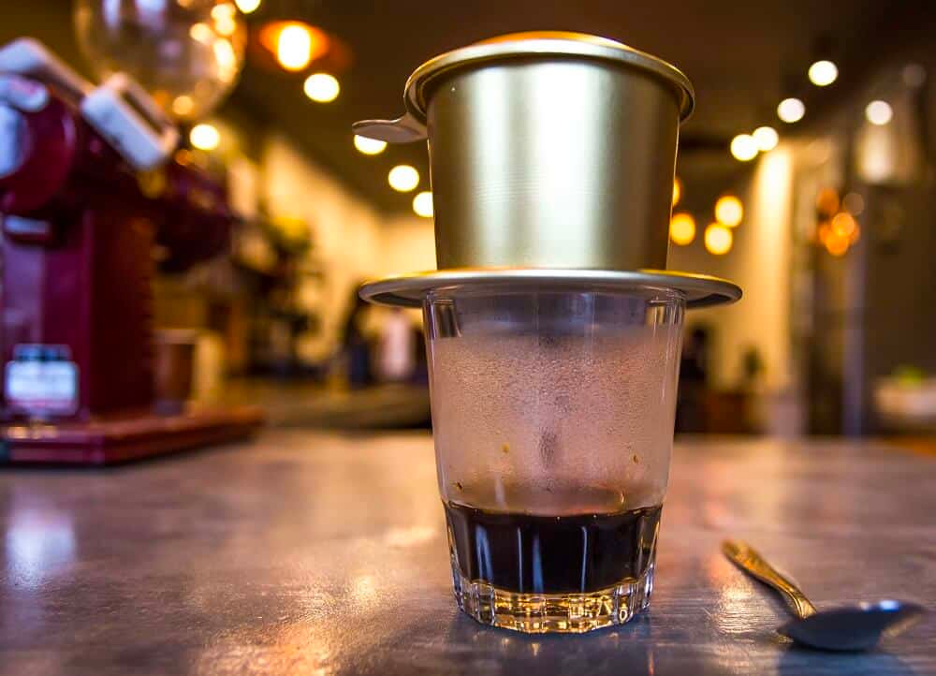
Where to find it: You’ll find some of the best local brews right on the any streets in Vietnam.
– In Hanoi, head to Café Thai (27 Ward. Trieu Viet Vuong, Bui Thi Xuan, Hai Ba Trung, Hanoi), which has existed in various forms since the 1920s.
– In Hue, settle down in the pavement cafes at the crossroads of Truong Dinh and Pham Hong Thai.
– In Da Lat, Cafe Tung (6 Hoa Binh Area, Ward 1, Da Lat City, Lam Dong) is a must-visit.
– In Da Nang, Cafe Long (123 Le Loi, Thach Thang, Hai Chau, Da Nang) is a community institution.
Best to warm the soul: Hot egg coffee
The story goes that after the war when milk was scarce, Hanoians still craved something to take the edge off their coffee. Inexpensive and creamy, egg yolks emerged as the perfect alternative. Even as Vietnam became more prosperous and milk returned to the market, cà phê trứng persisted for its delicious goodness. It’s now a must-try Hanoi specialty drink, especially during the winter months. A dense, frothy head of foam sits atop a rich brew: gently fold it in with a spoon, and sip slowly.
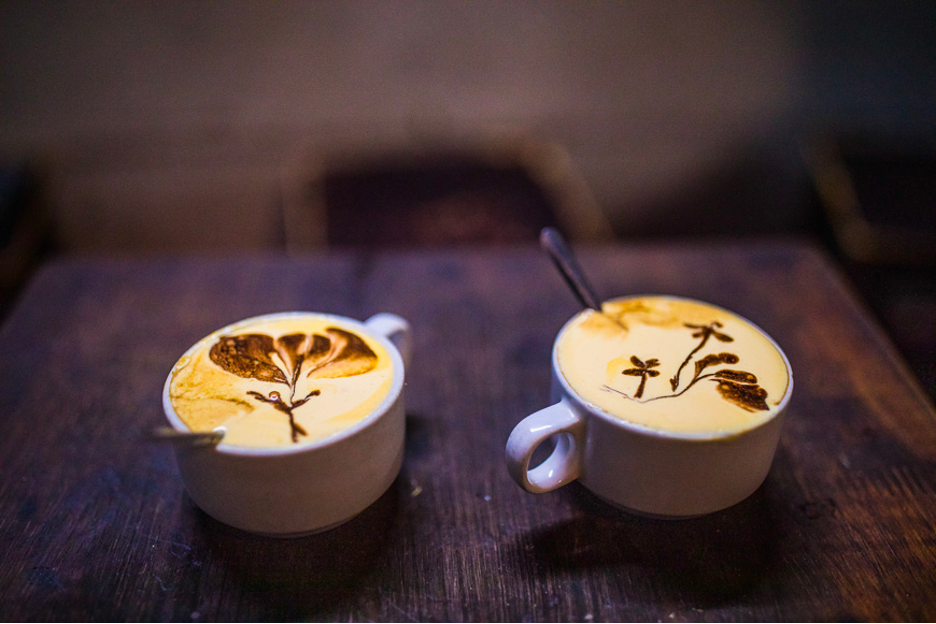
Where to find it: You’ll find the best egg coffee in Hanoi. The original Café Giang (39 Ward. Nguyen Huu Huan, Ly Thai To, Hoan Kiem, Hanoi) serves a creamy cup that you’ll scoop up by the spoonful. Alternative spots include Hanoian Kitchen, Ma Xo, and Loading T.
Best to cool you down: Coconut coffee
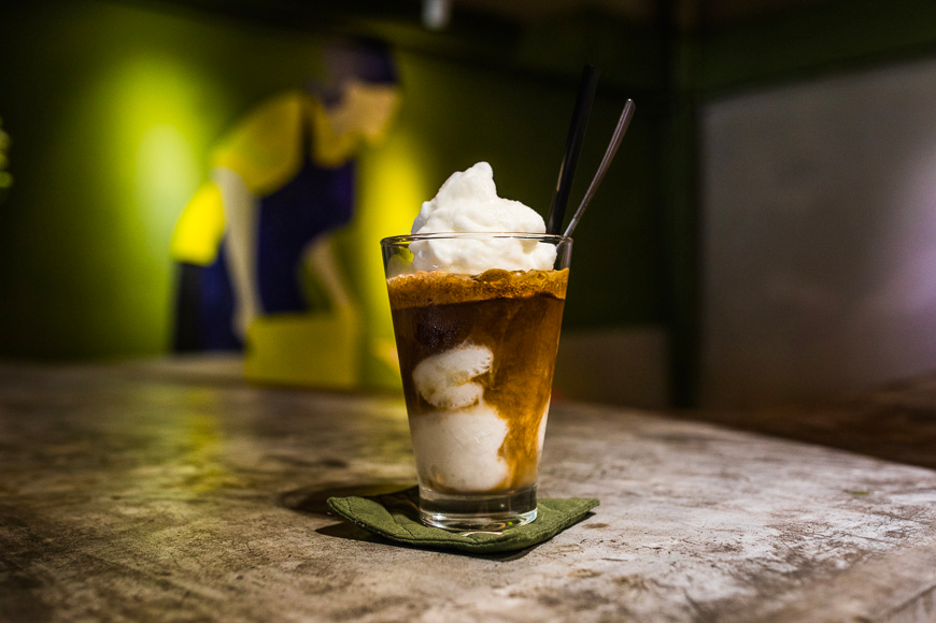
Very few cities escape the summer sun in Vietnam. If you start to overheat while exploring, why not try an iced coconut coffee? More of a scoop-able ice cream than a drinkable coffee, coconut coffee or cà phê cốt dừa, is at once a pick-me-up, fill-me-up, and cool-me-down. The barista will blend traditional drip coffee with coconut milk, fresh milk, and condensed milk. The finished product is spooned into a glass and serve as a refreshing treat. The coffee grounds the flavour with the coconut giving the drink a fun tropical twist, kind of like a coffee cocktail.
Where to find it: Ultra-hip café Cong Ca Phe is revered for its delectable coconut coffee. You’ll find branches across Vietnam in all major cities.
Best for an afternoon snack: Yogurt coffee
A weird and wonderful alternative to milk, you just can’t go wrong with an enticing yogurt coffee, better known as cà phê sữa chua. The drink blends Vietnamese drip coffee with yogurt, condensed milk, and ice, though the last two are optional. You’ll find ca phe sua chua on menus across Hanoi, however the best coffee shops use fresh, home-made yogurt. The sourness from the yogurt, bitterness from the coffee beans, and sweetness from the condensed milk make for a mouthwatering combination.
Where to find it: Cafe Duy Tri in Hanoi has earned a loyal following for its yogurt coffee, which they make in-house and tastes almost like a yogurt sorbet.
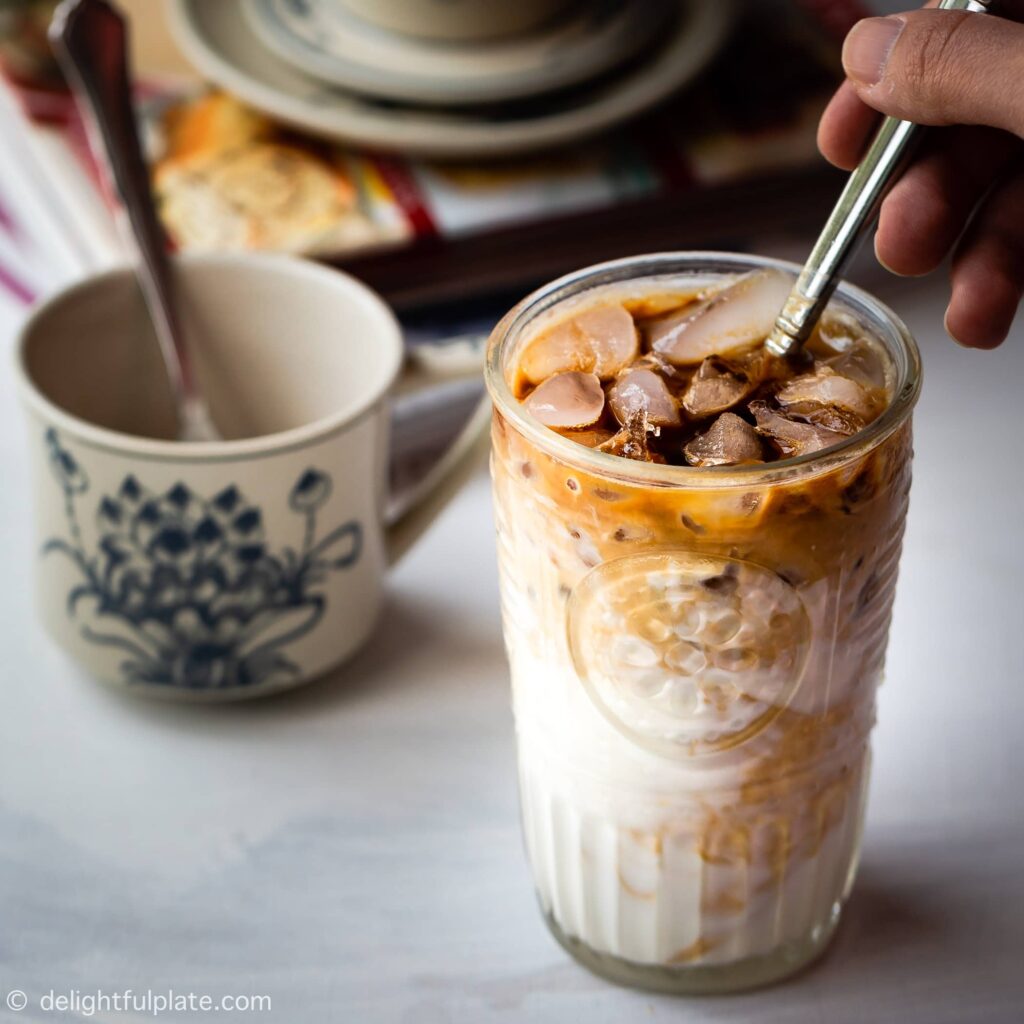
Best for a sugar rush: Bạc xỉu
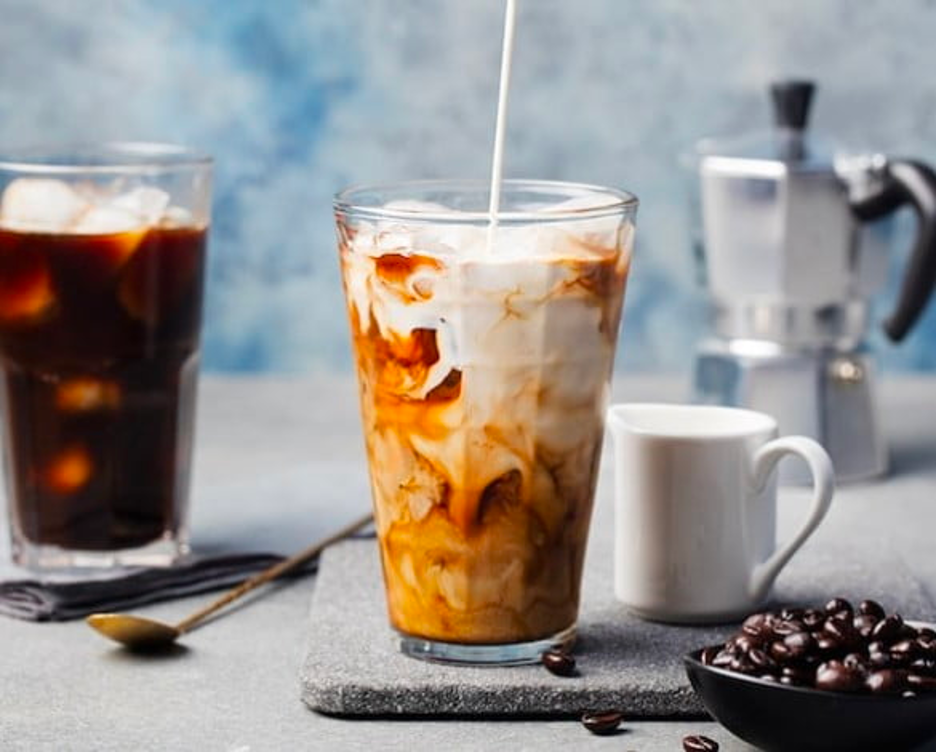
If you’ve tried the Vietnamese iced coffee and can handle something even sweeter, look no further than cà phê bạc xỉu. The ingredients are essentially the same as the holy trinity of a cà phê sữa đá: coffee, condensed milk, and crushed ice. The difference is all in the proportions, with more milk less coffee going into a bac xiu. The drink is popular with teenagers still learning to appreciate the bitterness of Robusta coffee.
Where to find it: Ho Chi Minh City is Vietnam’s sugar capital, and the birthplace of bac xiu. You’ll find street cafes across the city serving icy bac xiu in tall glasses with plenty of crushed ice. Try an upscale version at Vietnam Coffee Republic.
Let’s come to Vietnam, a cup of coffee in Vietnam will satisfy your taste even for the most demanding diners.
Plan your trip right now and do not forget to obtain the Visa if you are required. Vietnam Amazing recommend you to use our experienced and reliable Visa service at https://www.vietnam-evisa.org/. Let’s prepare for your trip to Vietnam at the very first step!
*This above information is for reference purpose only
Source: Vietnam.travel